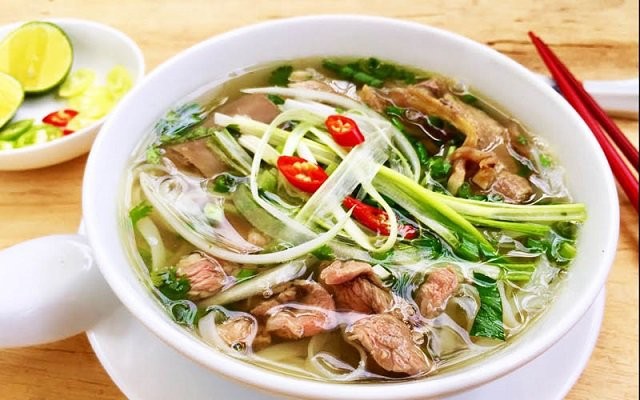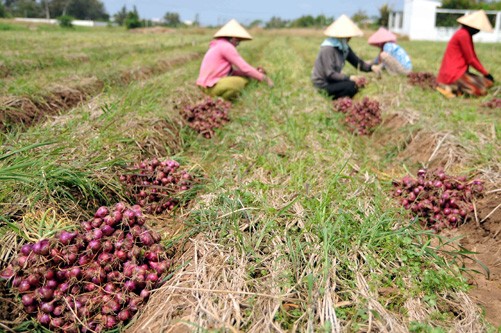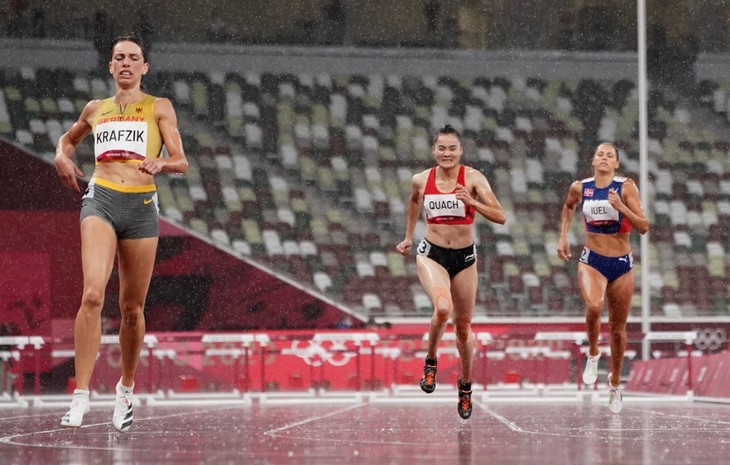B: Thank you, Tehreem Arish, for your generous words. We also thank you for promoting VOV to your Women’s DX Club.
A: VOV issues online certificates to verify listeners’ reception reports and we’ll be very glad to receive your detailed reception reports mentioning your listening date, time, and frequency and summarizing the program content. Your feedback can be very useful to us to improve our programming. Once again, thank you.
B: Shivendu Paul, a regular listener in West Bengal, India, always tunes in to VOV’s program on 7220 kHz. He told us that he listened to VOV’s English program in the last week of July at 16:00-16:30 UTC on a Grundig YB 80 receiver. The reception quality was good, he said. He rated SINPO all 4s.
A: We’ve listened to the audio clip Shivendu Paul sent us. The signal was indeed loud and clear, although there was a little noise.
B: Thank you, Shivendu Paul, for your weekly reception reports. You and other Indian listeners have sent us a lot of useful feedback.
A: Mario Garcia-Oliva Benito of Ireland emailed us a reception report for a program on July 25 on the frequency of 11885 kHz. Listening conditions were good, with SINPO at 55444.
B: You’ll receive our online QSL card to verify your report, Mario. We hope to receive more feedback from you soon. Thank you.
A: Last week, VOV’s World Service received 320 letters, emails, and phone calls from listeners in more than 30 countries. Many of them showed an interest in Vietnamese cuisine.
B: Belgian listener Michel Beine wants to know about onion varieties grown in Vietnam and popular Vietnamese dishes that use onion.
 Beef noodle always has a lot of scallion. Beef noodle always has a lot of scallion. |
A: Thank you for the interesting question. Vietnamese cooks use a lot of spices, herbs and locally grown vegetables. We eat onion almost every day in a variety ofdishes. We generally identify onions by their color– green, purple, yellow, or red.
B: At the top of the list of frequently used spices in Vietnam must be scallion, also known as spring onion or green onion. It has tubular green leaves that we chop and add to soups, noodles, porridges, and stir-fries during the final cooking stage, or add as a garnish. Chopped scallions are mixed into omelettes and meatballs. You can always see them in our popular chicken and beef phở. The small white bulbs of spring onions are pickled.
 Grilled oysters with scallion oil Grilled oysters with scallion oil |
A: Shallots –small, usually red or purple onion bulbs are used like garlic in stir-fries, stews, and soups. They can be sliced or finely chopped and used to flavor marinades prior to cooking, or fried in oil before adding other ingredients to the pan.
B: Crispy fried shallots, deep-fried until golden brown, are another favorite garnish for noodles, porridges, sticky rice, fried rice, and steamed rice rolls.
A: Some people don’t like any kind of onions, neither scallion in their phở or crispy fried shallots in anything they eat. But they’re definitely in the minority.
B: Other popular spices in Vietnamese food are chili, garlic, lemongrass, and several kinds of aromatic herbs.
 Steamed glutinous rice with scallion oil is served on banana leave. Steamed glutinous rice with scallion oil is served on banana leave. |
A: Onions are grown throughout Vietnam, from the mountains to the coastal plains, on the mainland and on many islands, but, like garlics, are grown mainly in the river deltas. Interestingly, they grow very well on Ly Son Island in the central province of Quang Ngai, where their roots extend deep into the sand. In fact, they’ve become a famous local specialty.
B: About 400 years ago when people from the mainland settled Ly Son Island, they found only ré – a plant of the ginger family – growing there. They called the island Cu Lao Re, or just Re. They introduced onions and garlic to the island, but until 1975, onions and garlic were only grown in family gardens on a small-scale.
 Ly Son farmers harvest red onions. Ly Son farmers harvest red onions. |
A: After Vietnam’s reunification, onion and garlic products from Ly Son Island began to be sold on the mainland and quickly became popular because of their unique and delicious flavor.
B: Seeing the popularity of their onions and garlic, Ly Son farmers started expanding their cultivation area and now Ly Son is known as “the kingdom of onions and garlic”.
A: Another big onion growing area in Vietnam is Hai Duong in the northern region, with about 6,000 ha of farms producing approximately 70,000 tons of garlic and shallots.
B: Vinh Chau town in the Mekong Delta province of Soc Trang is the largest red onion producer in Vietnam’s Mekong Delta with 800ha. Their quality is praised by many foreign importers.
A: You’re listening to VOV‘s Letter Box, where we are responding to letters and emails we received during the week.
B: Kanchan Kr. Chatterjee of India wants to know how many medals Vietnam won at the 2020 Tokyo Olympics.
A: Thank you for the question but sadly, the Vietnamese delegation has come home without a medal. Vietnam sent 18 athletes to compete in 11 sports and had high hopes for shooter Hoang Xuan Vinh, male weightlifter Thach Kim Tuan, female weightlifter Hoang Thi Duyen, and taekwondo artist Kim Tuyen.
B: Though they all failed to win a medal, some in the delegation made remarkable achievements.
 Runner Quach Thi Lan (C) in the women’s 400m hurdles Runner Quach Thi Lan (C) in the women’s 400m hurdles |
A: For example, Quach Thi Lan, despite heavy rain, finished with a time of 56.78 seconds in the women’s 400m hurdles. This was 1.48 seconds less than her personal best prior to this competition. Despite missing a medal, Quach Thi Lan’s achievement is one to be remembered. After qualifying for the Olympics as a wildcard, she delivered one of the best performances in the history of Vietnamese athletics.
B: Lan was the first Vietnamese athlete ever to reach the semi-final heat of the 400m hurdles at an Olympics.
A: Badminton player Nguyen Thuy Linh won two matches and lost one match to the world’s top player, Taiwanese Tai Tzu Ying. It was the first time a Vietnamese female badminton player had ever won two matches at an Olympics.
B: Before we say goodbye, VOV’s Letter Box would like to thank you all very much for your support for VOV and its activities. We always welcome your feedback at: English Service, VOVworld, the Voice of Vietnam... Or you can email us at: englishsection@vov.vn. Goodbye until next time.